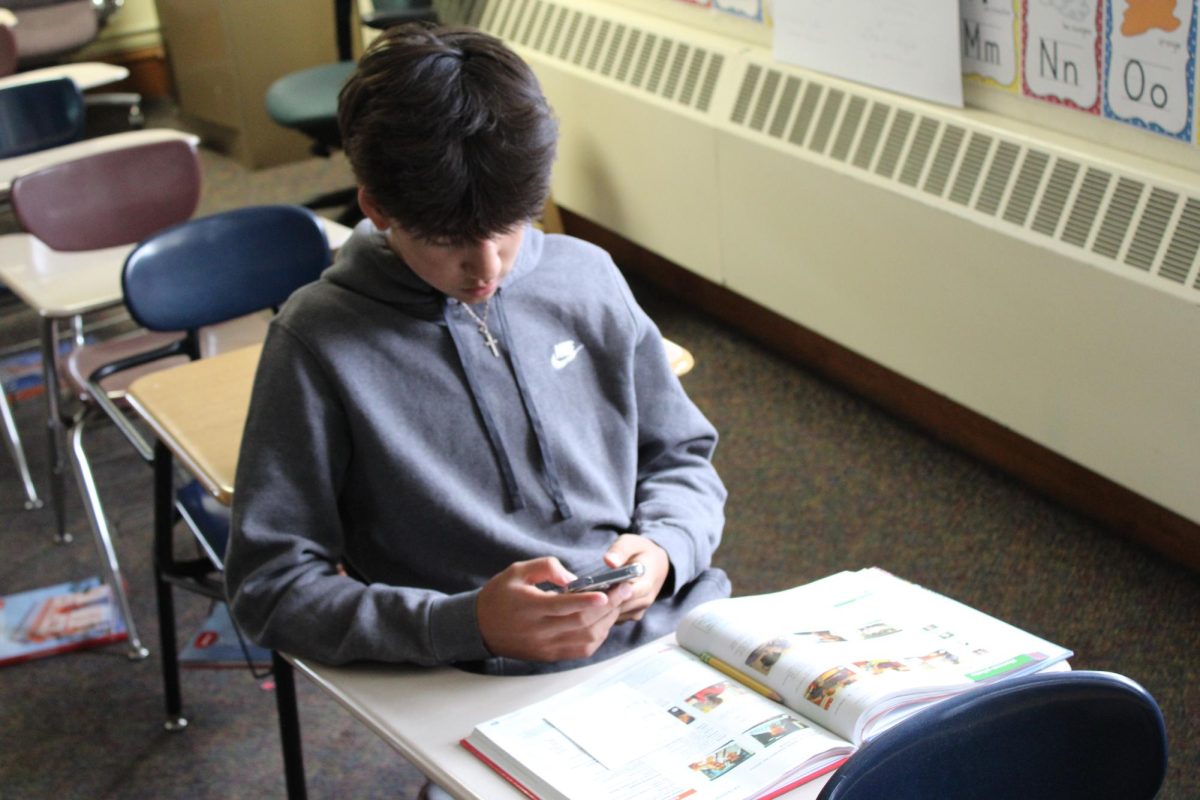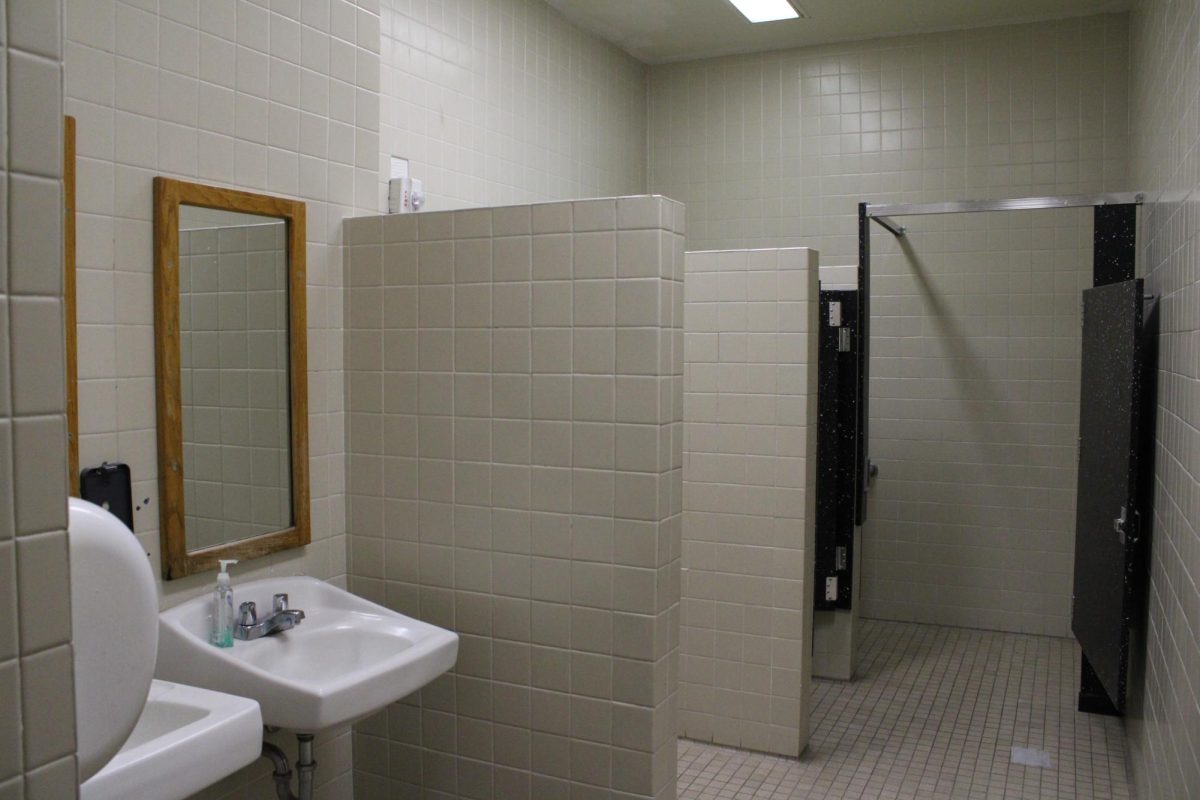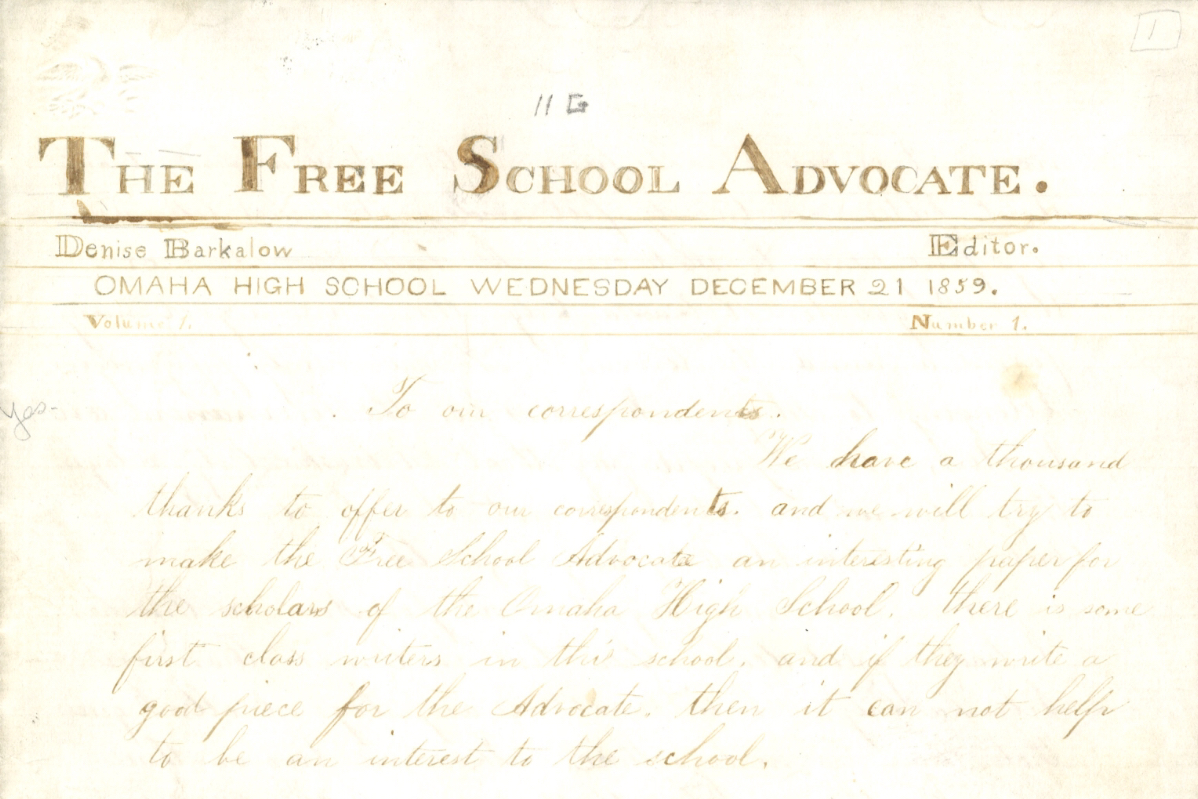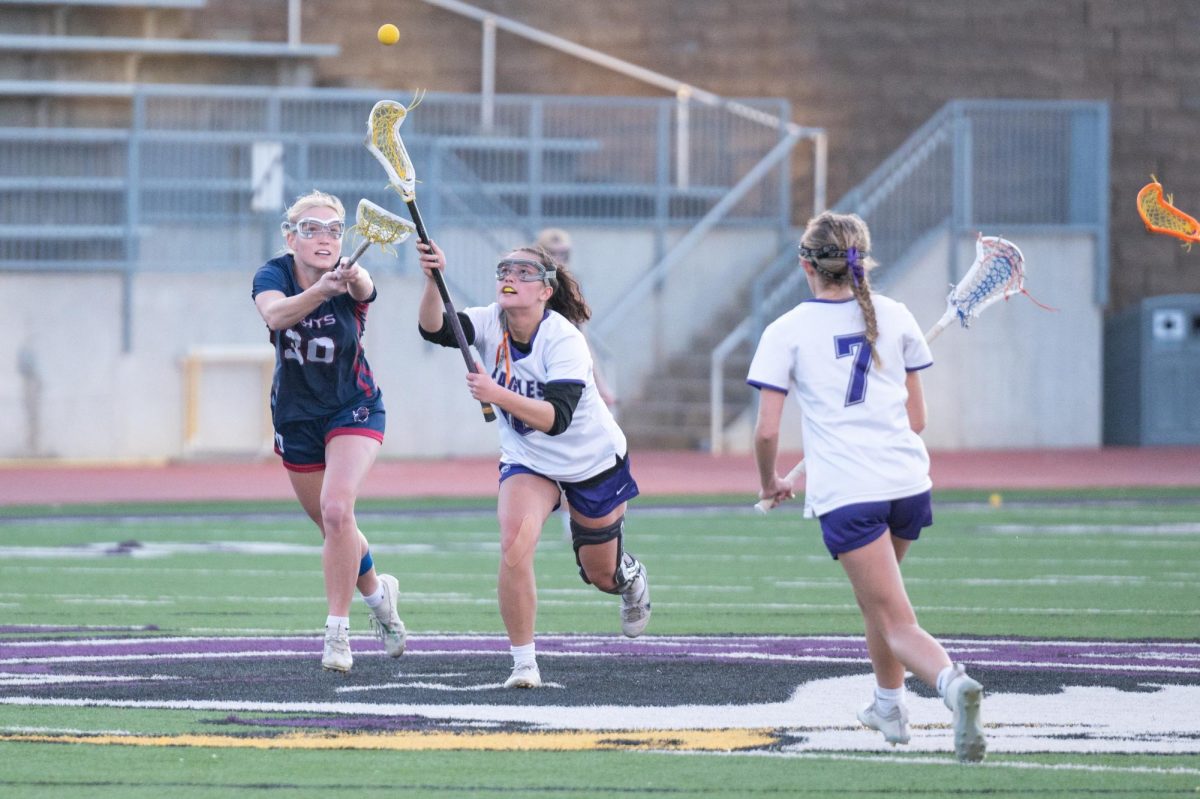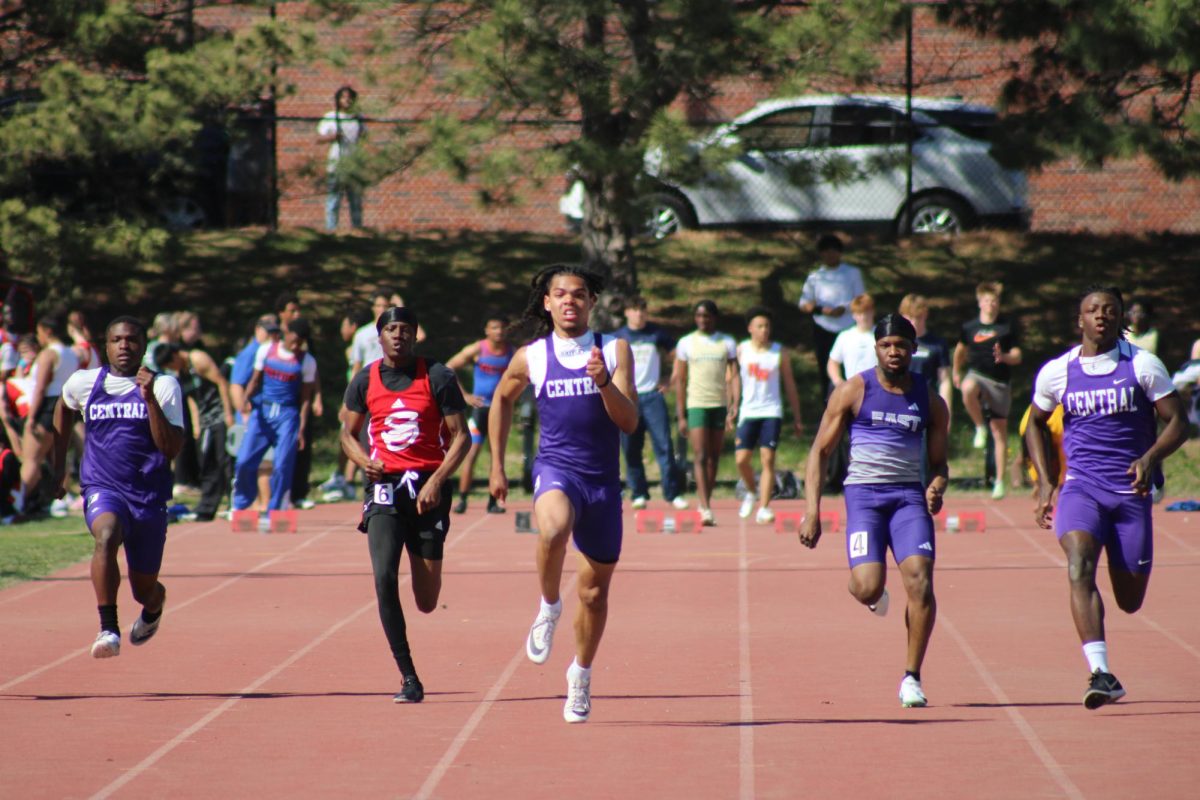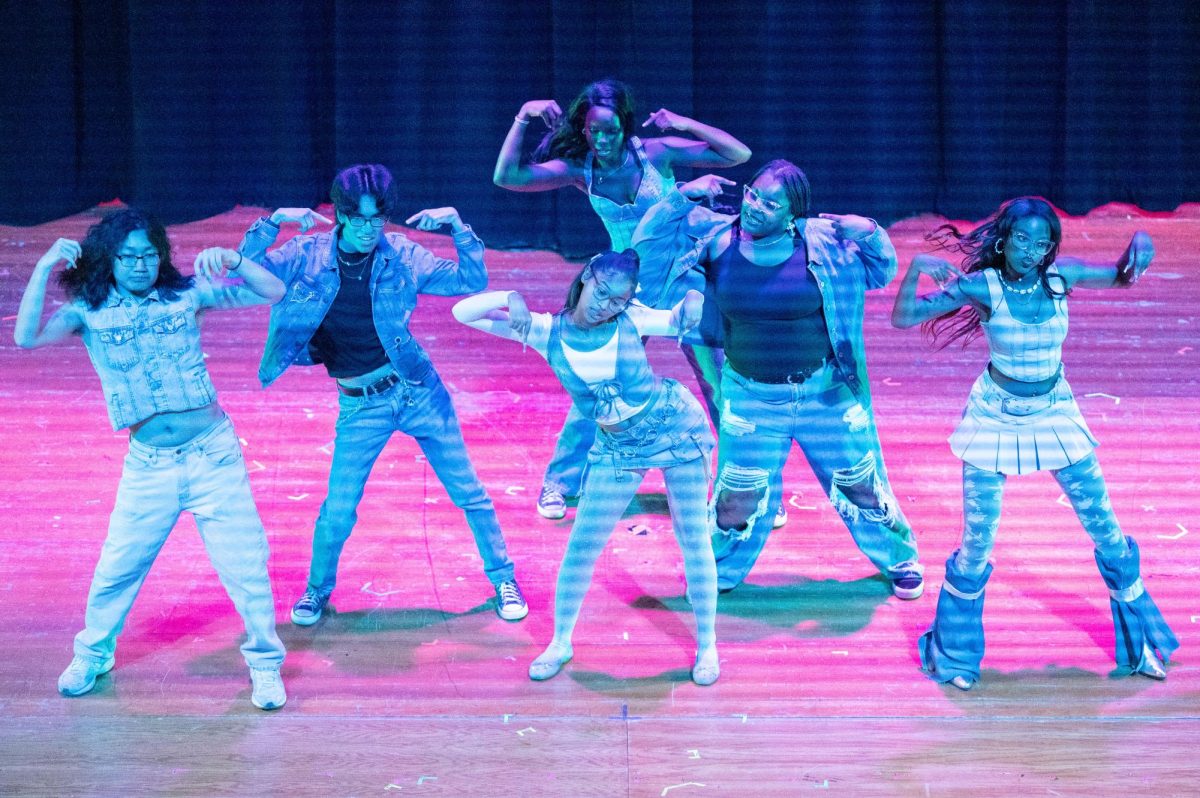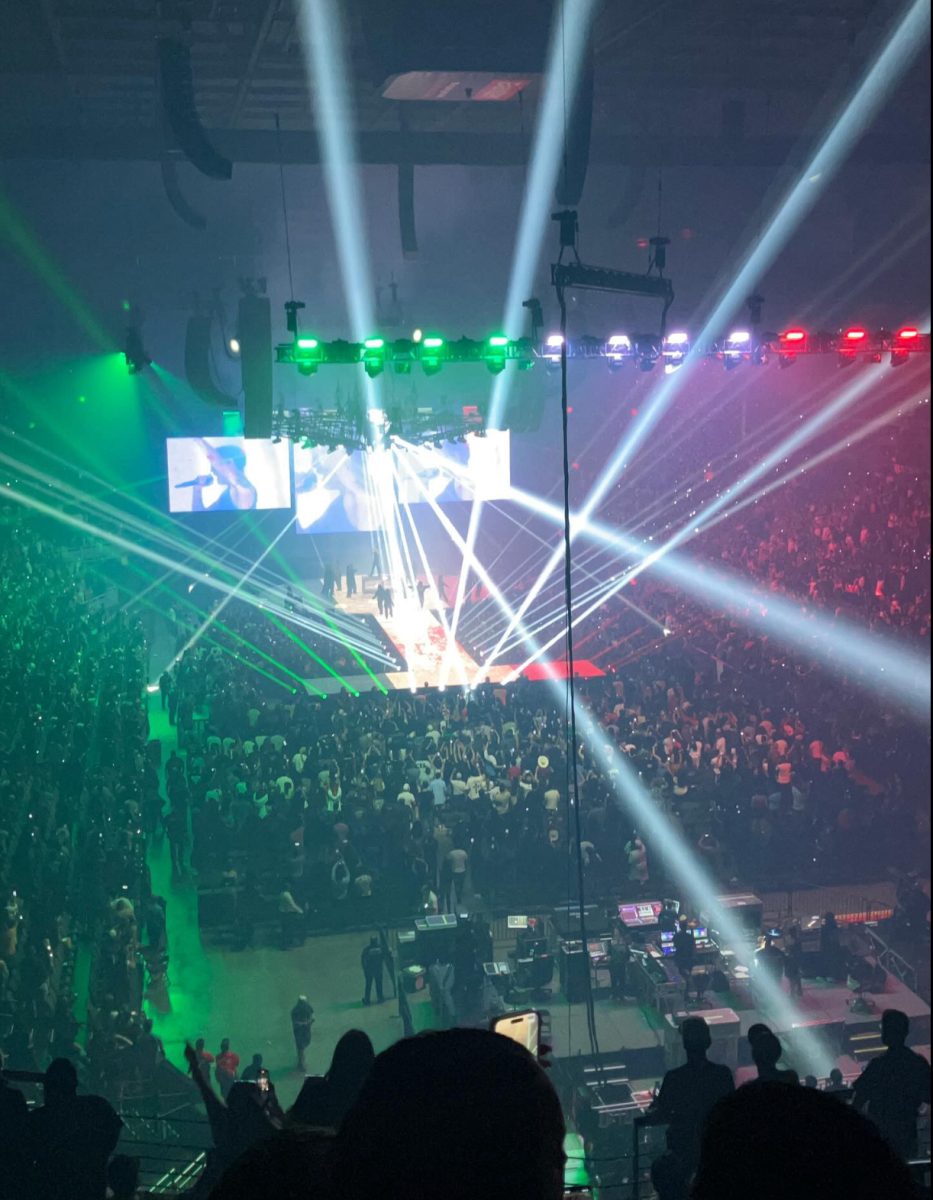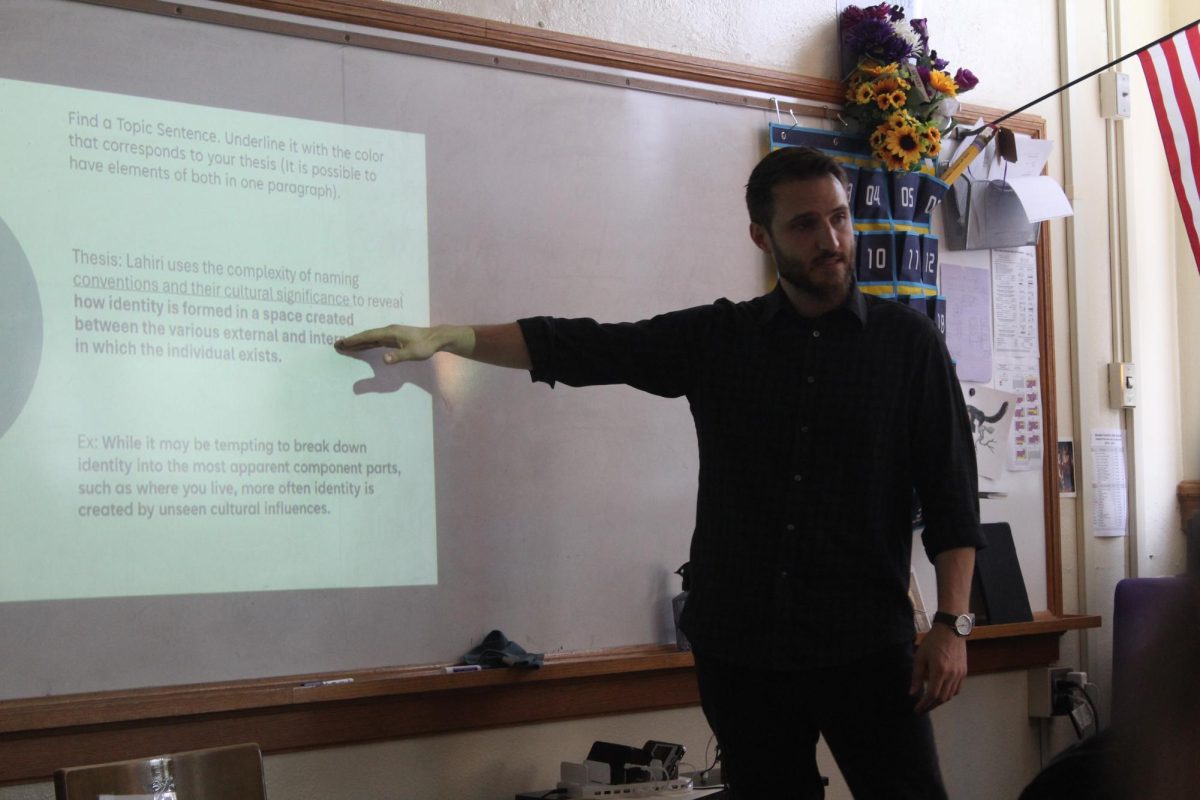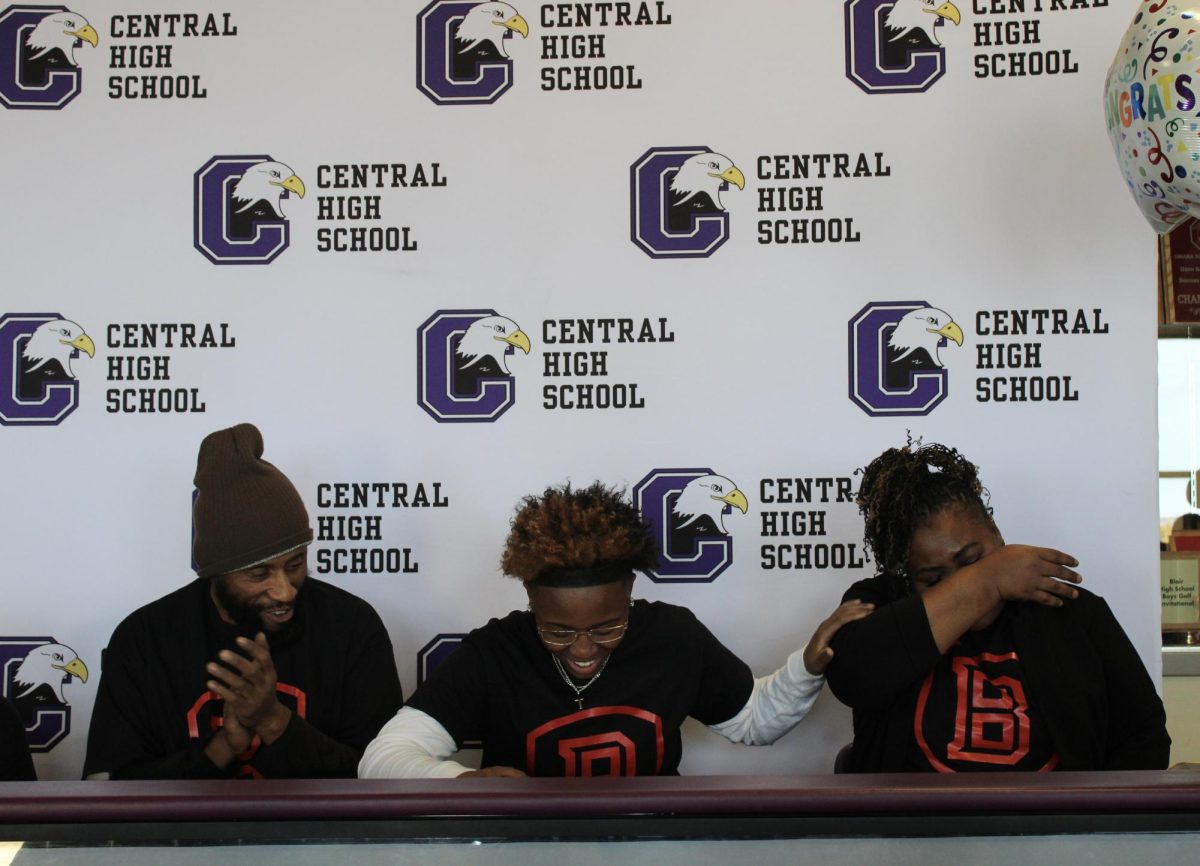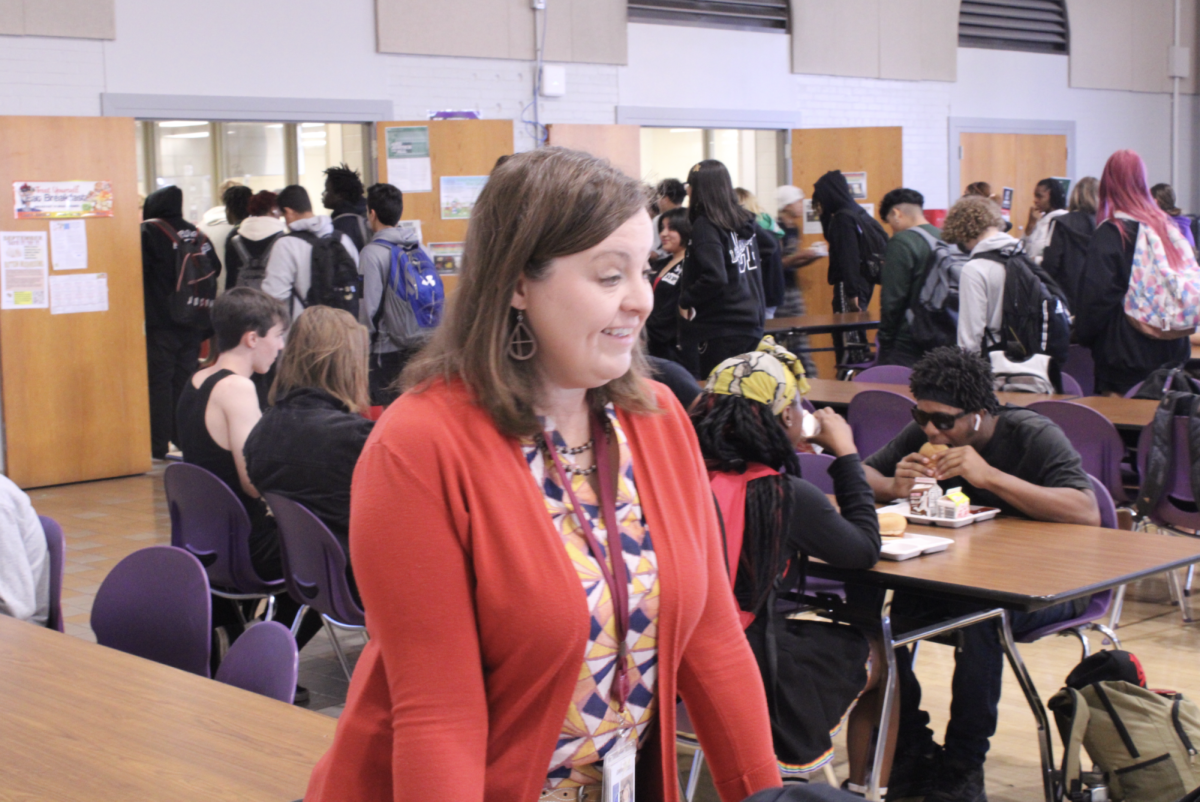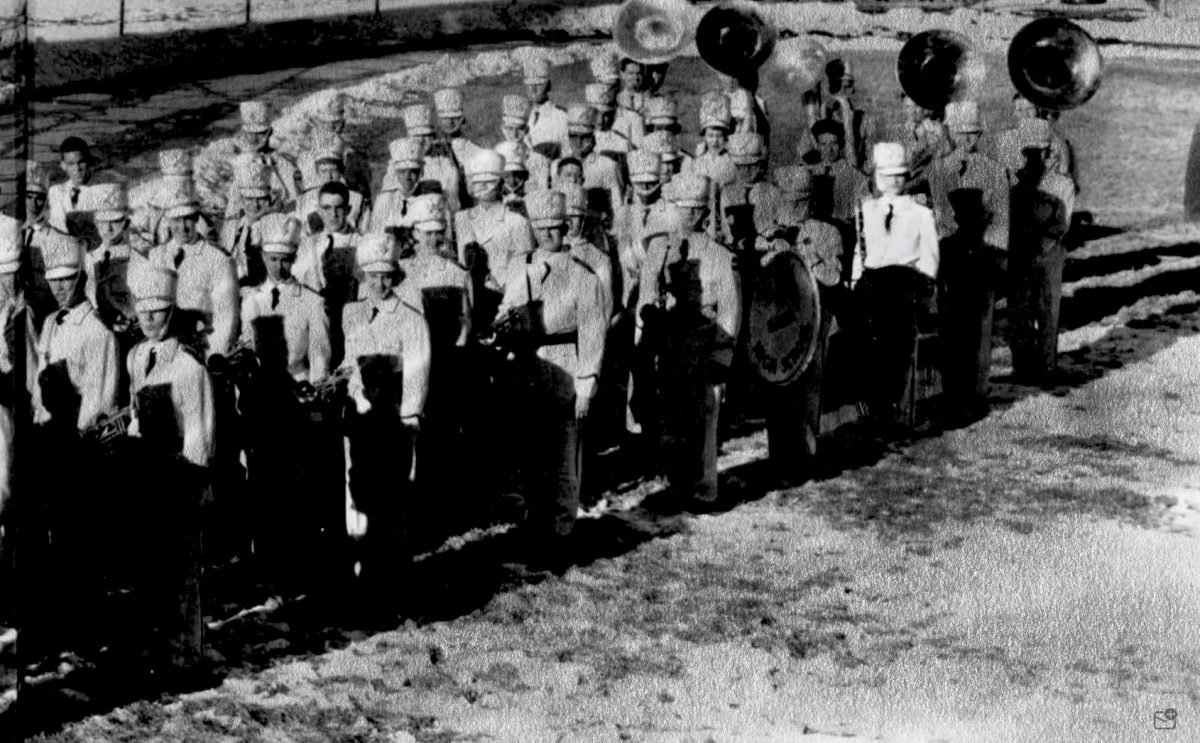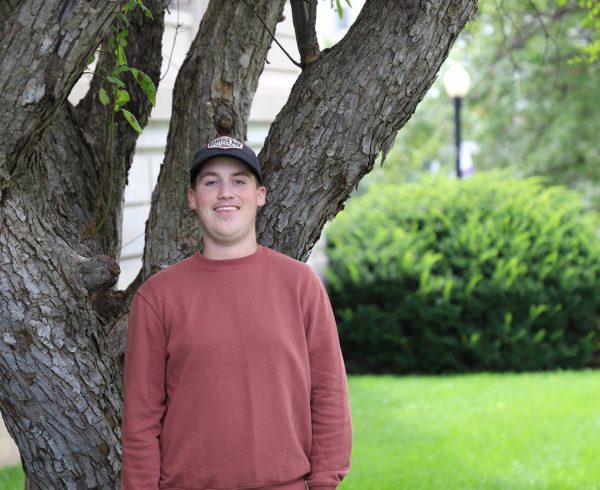High school student-athletes are under more pressure than ever, juggling packed practice schedules, demanding class loads and increasing mental health concerns. As college admissions grow more competitive and sports become more year-round, many students are finding the balance harder to maintain, including right here at Central.
A 2022 survey by the National Federation of State High School Associations found that the average high school athlete spends at least 20 hours per week on their sport during the season. For students participating in club or travel teams, that number can rise to 30–35 hours, comparable to a part-time job.
“Varsity tennis is a bit challenging with so many matches, often far out,” Central Spanish teacher and girls’ tennis coach Melissa Kuskie said. She has been doing sports since she was 3 and coaching for decades. She said practice times for her girls have not changed over the years and does not believe the challenges for student athletes have become harder. “I feel that students are better students when they have sports in their lives,” she said.
At the same time, academic expectations are rising. According to the National Center for Education Statistics, the average high school student spends 6.8 hours per week on homework, a figure that increases for AP and honors students, many of whom also participate in sports.
“100% I believe that student-athletes carry a bigger burden than when I played,” baseball coach and physics teacher Joshua Bullock said. “I honestly don’t know when students are supposed to study.”
“I train outside of school, so time management with workouts, practices, and especially schoolwork is crucial,” said senior Alijah Wayne, a multi-sport athlete. He finds it challenging to be so busy with sports and school but also rewarding to take care of his health.
Senior Marcus Kane, a baseball player and scholar, agreed. “It’s hard to get enough schoolwork done to keep up solid grades, let alone get any extra workouts or practices in,” he said.
“The increasing amount of schoolwork is really the struggle,” junior hockey player Noah Smith said.
“Participating in a varsity sport has undeniably created additional pressure, especially when managing time and discerning how to effectively balance school with sports,” said Evalina Sain, the top student in the senior class and a varsity volleyball player. Despite this, she believes that the challenge of balancing the student-athlete role is a part of the learning experience and ultimately helps with developing important skills.
Mental health and lack of social wellbeing is also a growing concern for student-athletes. The CDC’s Youth Risk Behavior Survey in 2023 reported that 42% of high school students felt persistently sad or hopeless during the past year. Among student-athletes, a 2022 Aspen Institute study showed that one in three reported feeling burned out or overwhelmed due to the demands of school and sports.
“It can take a toll on your social and mental wellbeing for sure,” Kane said.
The pressures don’t end after the final whistle. Student-athletes often face higher expectations from parents, coaches and peers. The Journal of Adolescent Health found that nearly 60% of high school athletes reported feeling pressure to perform well academically to maintain eligibility or meet scholarship goals.
Sleep schedules also take a hit. The Sleep Foundation recommends eight to 10 hours of sleep for teens, but a 2022 Stanford Medicine study found that high school athletes averaged just 6.5 hours per night, increasing the risk of injury and impairing academic performance. Sleep was the only aspect of being a student-athlete that everyone the Register spoke to brought up.
“Too many late nights I’ve spent studying and doing homework, and it usually means I wake up later and have less motivation,” junior multi-sport athlete McKenzie Martin said.
“We aren’t getting enough sleep, so our bodies aren’t recovering well enough,” Kane said.
“It really takes a toll on your body only getting a few hours of sleep a night,” Wayne said.
Some have proposed changes to student-athlete dynamics to solve the multitude of concerns. One approach gaining traction is limiting practice time to preserve academic and personal balance. The National Federation of State High School Associations recommends that schools cap organized practice at 18 hours per week, though enforcement varies. Encouraging “off days” and scheduling practices to avoid late evenings can help students maintain healthier sleep patterns and reduce burnout.
Wayne wishes student-athletes would have more time to sleep, especially since it is “the most underrated way of recovering.” “In order to perform my best, I have to get some good sleep,” he said.
Kane wants there to be a greater emphasis on recovery for student-athletes, potentially by incorporating more late starts or days off into the schedule for maximum possible recovery time.
Schools can also invest in academic support systems for athletes or limit the amount of homework being assigned. Study halls, tutoring, and flexible deadlines around competition schedules have proven effective. A 2023 EdWeek Research Center survey found that students who received structured academic support during their sports seasons were 22% more likely to maintain a GPA of 3.5 or higher.
Martin hopes student-athletes will get more class time to get homework done, that way they can relax in their free time. Smith agreed, hoping that schools reevaluate how much homework is being assigned.
Mental health resources are equally critical. Expanding access to school counselors and hiring sports psychologists or mental health professionals who understand the athlete’s experience can provide vital support. The American Psychological Association reports that athletes who received regular check-ins from mental health professionals saw a 30% drop in stress-related absences.
Lastly, a culture shift may be necessary. Coaches and families can emphasize effort and well-being over results, and schools can develop ways to more elaborately celebrate student-athletes not only for wins, but also for academic achievement, leadership, and community involvement. The Aspen Institute’s Project Play initiative encourages schools to create environments where multi-sport participation, rest, and mental health are valued as much as competitiveness.



